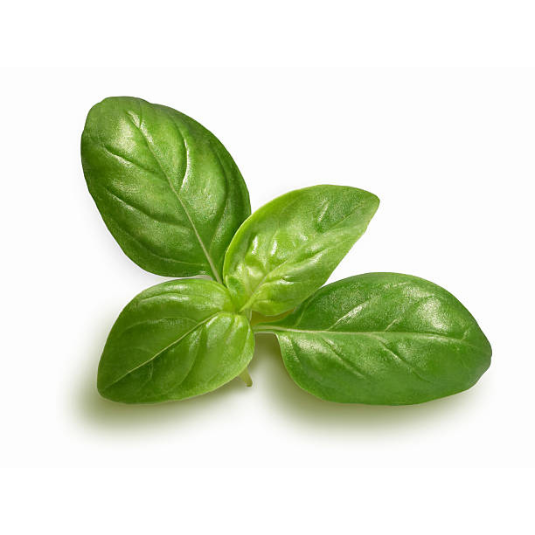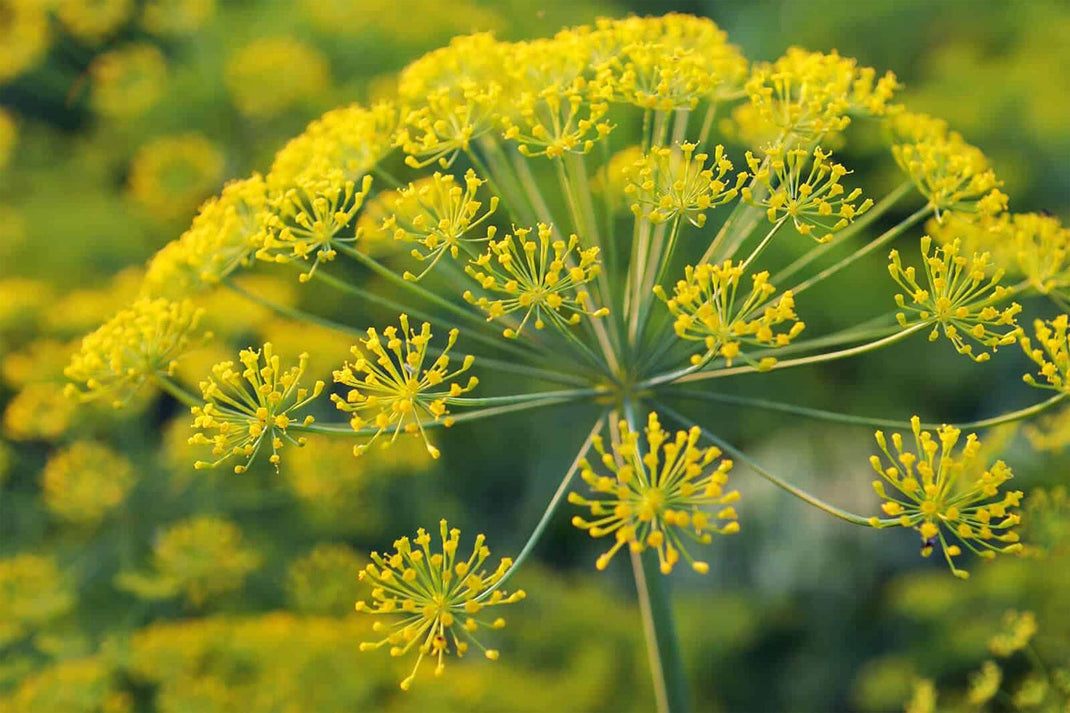In the beginning…
Spearmint (Mentha spicata), native to Europe and the Mediterranean region, is an aromatic plant with a long history of medicinal and culinary use. The ancient Egyptians, Greeks and Romans were already aware of spearmint's refreshing and soothing properties, and used it in a variety of preparations, including baths, perfumes and medical remedies.
Over time, spearmint spread throughout the world thanks to the spread of trade routes. Its popularity has continued to grow, and it has become one of the most appreciated aromatic plants in many cultures, where it has been incorporated into cooking, drinks and traditional remedies.
A Perennial Plant
Spearmint thrives in the right conditions. It prefers soil rich in organic matter, moist but well-drained, and generally grows in partial shade. It can be propagated from seed, but the most common way to grow it is by cuttings, taking a healthy stem and replanting it in suitable soil.
However, it's important to note that spearmint has a tendency to spread rapidly thanks to its stolons (creeping stems), which can make it invasive in certain environments. As a result, many gardeners prefer to grow it in pots or containers to limit its spread.
Spearmint in the Perfume Industry
In perfumery, spearmint is highly prized for its refreshing and stimulating olfactory properties. Its essence is extracted by steam distillation from the plant's fresh leaves. Spearmint essential oil contains compounds such as menthol, which give it its characteristic scent. This aromatic note is widely used to create fresh, invigorating mint scents, particularly in summer compositions or those intended for hot climates. It brings a sensation of freshness and vitality, evoking a pleasant, invigorating breeze.
Spearmint is often combined with other ingredients to create original accords. It blends well with citrus, herbaceous and light floral notes, as well as with certain spices to add complexity to a fragrant composition. In addition to its olfactory qualities, spearmint also has soothing and refreshing aromatherapy properties. In perfumery, it can therefore contribute to a feeling of well-being and relaxation for the wearer.
An Icon
In perfumery, mint made a remarkable entry in the mid-19th century thanks to Pierre-François Pascal Guerlain. Fascinated by Eaux de Cologne and their citrus notes, Guerlain created a fresh, country-style eau for Empress Eugénie, delicately perfuming her while relieving her migraines with the virtues of mint. This Eau Impériale was a huge success for Guerlain and inspired many other perfumers. This triumph prompted the perfume house to create a more modern version of Eau Impériale in 1974 to celebrate this remarkable achievement. Mint, with its many facets and virtues, remains a key ingredient in perfumery, evoking freshness, vitality and well-being in many olfactory creations.
And Why not?
• Herba Fresca by Guerlain: Herba Fresca is one of the best fragrances with spearmint that you may like, from Guerlain's "Aqua Allegoria" collection, designed to be a stroll through a garden of fresh dew. Launched in 1999, it was created by perfumers Jean-Paul Guerlain and Mathilde Laurent. It features top notes of lemon and clover, middle notes of green tea and mint, and base notes of cyclamen and pear, creating a fresh, green and natural aroma.
• Green Water by Jacques Fath: Green Water is a classic fragrance created in 1946 by perfumer Vincent Roubert. It was relaunched in 2016 by the house of Jacques Fath with perfumer Cécile Zarokian. It's a fresh, lemony fragrance that will blow your mind with top notes of neroli, bergamot, mint and petitgrain, heart notes of basil, vetiver and mandarin, and base notes of oakmoss, musk and amber.
• Eau de Minthé by Diptyque: Eau de Minthé was launched in 2019 and created by perfumer Fabrice Pellegrin. Inspired by Greek mythology, this fragrance opens with notes of mint, followed by a heart of rose and geranium, and finishes with a patchouli base. It is described as a modern, sophisticated reinterpretation of the fougère fragrance.
• Cologne Royale by Christian Dior: Cologne Royale is part of the "Maison Christian Dior" collection, a range of unique fragrances from the French haute couture house. Designed by perfumer François Demachy, Cologne Royale was launched in 2010. It is a citrus fragrance that opens with sparkling, refreshing notes of bergamot, lemon and neroli. Mint adds a fresh, green aspect to the fragrance. The base is made up of light musky notes that add depth to the fragrance.
• Eau de Cartier Zeste de Soleil by Cartier: Eau de Cartier Zeste de Soleil is a fresh, fruity fragrance that was launched in 2013. It opens with notes of passion fruit and yuzu, adding an exotic, tangy touch to the fragrance. Notes of mint add a vibrant freshness to the composition. It's a light, joyful fragrance, ideal for summer or for those who love fresh, fruity scents.
• White Jasmine and Mint by Jo Malone London: The combination of white jasmine and mint in this fragrance could create a unique and intriguing olfactory experience. The floral sweetness of jasmine might be balanced by the refreshing and energizing burst of mint, resulting in a harmonious and uplifting scent.
















